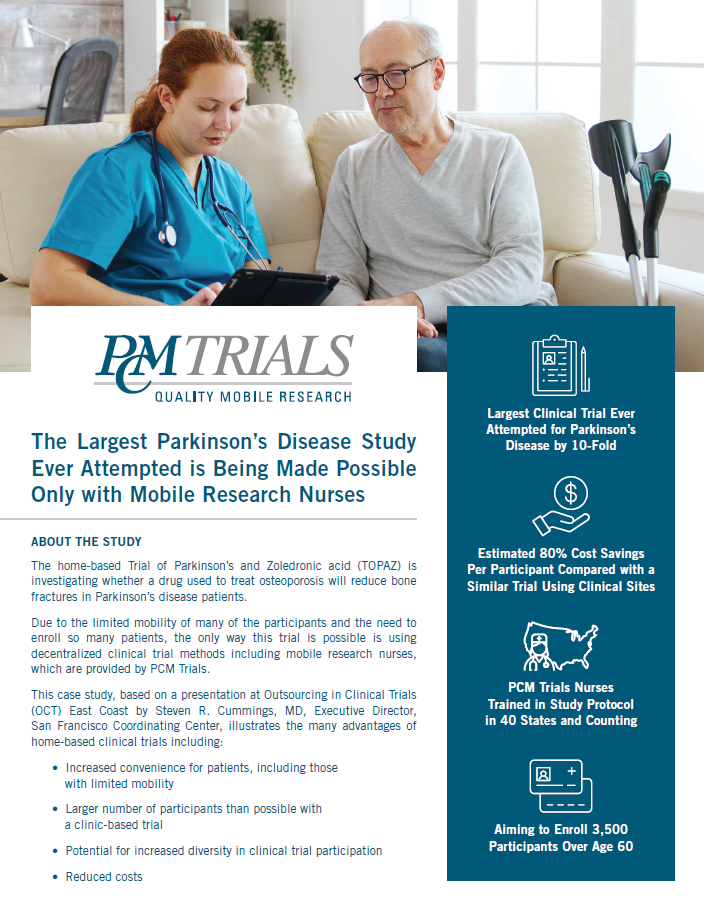
The relationship between the human microbiome – that is, all the bacteria living in or on the human body – and health has been the subject of medical research for many years. But one area, the vaginal microbiome, remains relatively neglected.
“There’s a major lack of innovation [in women’s health],” says Dr Jacques Ravel, whose more than 15 years of research into the vaginal microbiome is at the heart of LUCA Biologics, a US-based biotech developing microbiome-based living medicines for urogenital and reproductive health.

US Tariffs are shifting - will you react or anticipate?
Don’t let policy changes catch you off guard. Stay proactive with real-time data and expert analysis.
By GlobalDataLUCA is the first biotech borne from Seed Health, a venture-backed company developing microbial applications for medicine, consumer health, and the environment.
“Typically, conditions like bacterial vaginosis (BV) and urinary tract infection (UTI) have been dismissed by pharmaceutical companies as symptoms, or not worthy of being targeted by drugs because antibiotics are extremely cheap,” says Seed co-founder and co-CEO Raja Dhir.
Studying the vaginal microbiome
In a healthy vagina, the microbiome is usually dominated by strains of the bacterial species Lactobacillus. When the vagina’s microbial composition is disrupted, and other microorganisms gain dominance – a process known as dysbiosis – infections and other urogenital disorders can occur.
LUCA’s mission is to develop treatments that help restore a healthy, balanced ecology in the vagina. To achieve this, one must first identify which bacterial compositions create the optimal environment for vaginal health, and it is precisely this that has been the focus of Ravel’s work.
For over a decade, Ravel has collected almost daily vaginal swabs from participants to paint a detailed picture of the relationship between the vaginal microbiome and certain health issues. He likens his approach to studying footage of a traffic accident to understand what caused it.
“If you can unroll that movie and start looking at what happened prior to the condition appearing, then you can start understanding the contribution of each individual member [of the microbiota] to the outcome,” he says.
The team at LUCA used multiomics – the analysis of a range of omics data – to identify the genes of every strain present in the vaginal microbiomes of thousands of people. Characterising the different microbial communities found in participants’ vaginas allowed LUCA to define the healthy composition it aims to replicate through medicine.
“Through a very extended interrogation period, we were able to arrive at a handful of microbial genes and mechanisms that are distinctive to stable, protective vaginal microbiome ecologies,” Dhir explains.
If one is able to modulate or transplant an entire healthy ecology into the vaginal microbiome, he says, that can restore the vagina’s microbial diversity and encourage an environment that protects the host against the return of infection. In 2019, a small study conducted by researchers in Israel found that four of five participants with intractable, recurrent BV experienced long-term remission following vaginal microbiome transplantation from healthy donors.
Addressing unmet need
LUCA isn’t the only one developing treatments based on vaginal microbiome science. California-based Osel’s live biotherapeutic product LACTIN-V, for example, is currently in clinical trials for recurrent UTIs, a condition which is usually resistant to antibiotics and can become life-threatening if left unresolved.
LUCA’s first drug candidate, which will enter clinical trials this year, targets UTIs. The company is also developing a treatment for BV, which has been linked to depleted Lactobacilli in the vaginal microbiota and is prone to recurrence. Ravel emphasises that an effective BV therapy would help protect against a host of other health complications, too; studies have shown that BV increases the risk of conditions like pelvic inflammatory disease, sexually transmitted infections such as HIV, and even preterm childbirth.
Osel has ongoing trials of LACTIN-V in BV, in vitro fertilisation, and preterm birth – the latter of which LUCA is also targeting with a microbiome-based therapy. LACTIN-V is also being tested in Lactobacillus-deficient women at high risk of contracting HIV.
The vaginal microbiome’s impact on premature labour is less clear than other conditions which are usually the result of pathogens becoming dominant and causing infection. In 2019, research by Ravel’s lab identified specific types of bacteria that were associated with a higher risk of preterm birth, as well as a connection between levels of the antimicrobial peptide β-defensin-2 in vaginal microbiota and the risk of going into labour prematurely.
“It’s still not very well known what exactly the triggers are, but we know that vaginal dysbiosis is at least very heavily associated with [preterm birth],” he explains.
For Ravel, it’s “ridiculous” that preterm birth rates remain relatively consistent despite decades of research, but he hopes that LUCA’s therapy will be the answer.
The future of vaginal health?
It’s still early days, however. Sarah Bundra, a gender health analyst at GlobalData, told Pharmaceutical Technology that while targeting the vaginal microbiome to treat gynaecologic conditions is becoming increasingly popular, the approach “requires stronger evidence” before it becomes a main target in the pharmaceutical space.
In Ravel’s view, the key to unlocking effective medicines is to begin with the end goal; establishing a model of health first, he says, helps one better understand how to keep disease at bay for good.
“You can treat a disease, but without understanding the state one should return to, you cannot fully cure it.”




